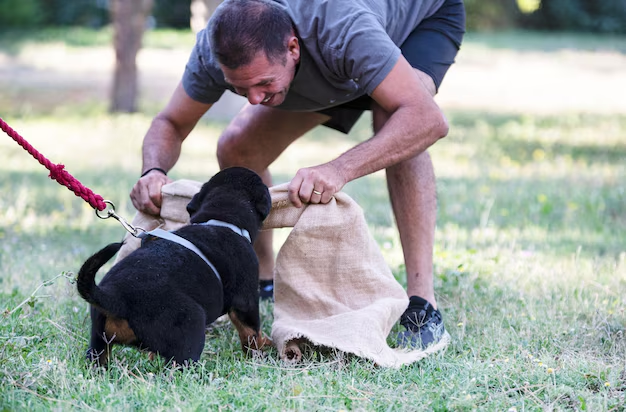What Apartment Building Insurance Covers: Do Dog Bites Make the List?
Navigating the complexities of apartment building insurance can be a bit like trying to find your way through a maze without a map. One peculiar but important consideration is whether dog bites are covered under such insurance. After all, dogs may be man's best friend, but they can also be a liability for landlords and tenants alike.
Understanding Apartment Building Insurance
Typical Coverage: An apartment building insurance policy generally includes property damage, liability coverage, and perhaps loss of income. However, coverage can differ depending on the insurance provider and the specific policy. Usually, liability coverage is where dog bites could potentially fit in.
Dog Bites and Liability: The liability section of the policy might cover situations where a person is injured on the property, including dog bites, but there is a catch. Breed restrictions or specific exclusions are common. Some insurers explicitly exclude coverage for certain breeds or any incidents involving dogs, to minimize their risk exposure. Therefore, it's essential for landlords and building owners to read their insurance policies meticulously and discuss any uncertainties with their insurance providers.
Protecting Against Dog-Related Incidents
If your policy does not cover dog bites, or if you foresee potential risks with having dogs on the premises, consider these options to mitigate risks:
- Require Tenant Insurance: Encourage or mandate tenants to have renter’s insurance that includes liability coverage for pet-related incidents.
- Implement a Pet Policy: Establishing clear rules about pet ownership in your lease can help decrease the likelihood of incidents. Consider breed restrictions or size limits.
Transitioning to Financial Preparedness
Once you've tackled the ins and outs of insurance coverage, it’s crucial to think about other aspects of financial security and preparedness. If an unfortunate incident occurs on your property, there are several financial assistance options and resources to ease potential burdens.
Government Aid Programs
Ensuring you're aware of available government aid programs can help you financially resilient. Programs often focus on housing stability and disaster relief, valuable when sudden expenses arise.
Financial Assistance and Debt Relief Options
In the event of financial strain resulting from unforeseen liabilities or legal battles:
- Debt Counseling Services: These can provide advice and negotiation strategies with creditors.
- Emergency Loans: May be available through banks or financial institutions to help bridge gaps until insurance reimbursements or settlements.
Credit Card Solutions
Consider credit cards that offer introductory 0% APR periods. This could be particularly useful for managing legal or medical expenses arising from incidents like dog bites until the insurance claims are settled.
Your Financial Resource Quick List 🏦
- 🔍 Research: Make sure you thoroughly understand the terms of your apartment building insurance.
- 📜Set Policies: Clearly outline pet policies in lease agreements.
- 💸 Government Aid: Check eligibility for government programs that could offer financial relief in housing emergencies.
- 🛡️ Tenant Renter’s Insurance: Encourage coverage that includes pet liability to share risk.
- 📈Debt Solutions: Seek advice from debt counselors if liabilities grow too burdensome.
- 💳 Credit Cards: Consider 0% APR cards for short-term financing strategies.
Understanding your insurance coverage and being prepared with financial strategies can protect you from unexpected liabilities like dog bites, allowing you to focus on maintaining a safe and happy living environment for all your tenants.
